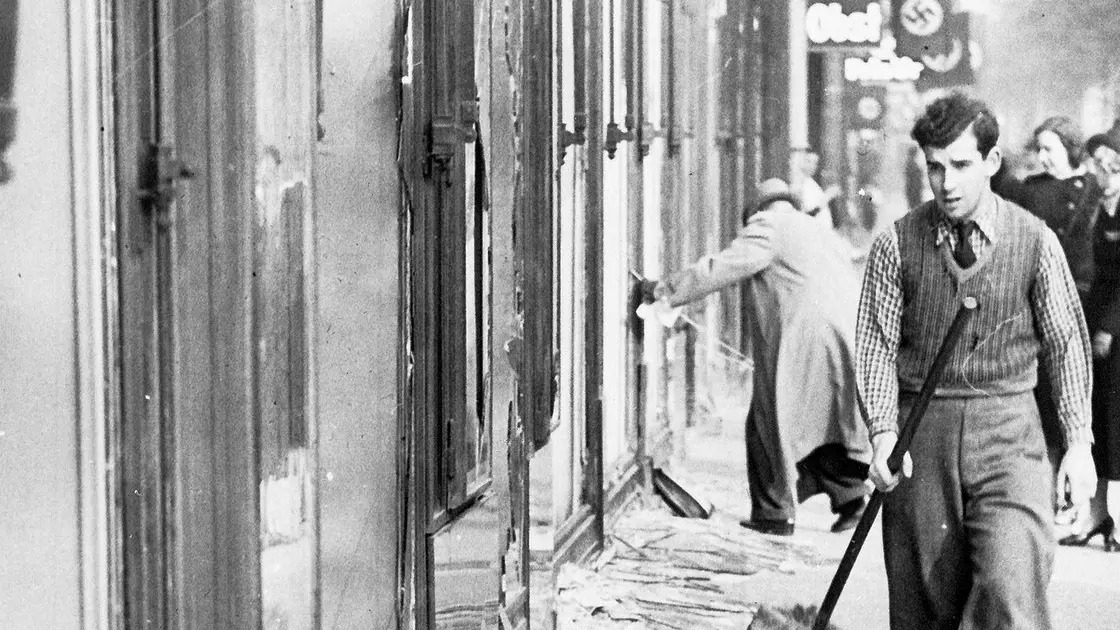The Crystal Night, known as Kristallnacht in German, marked a horrific turning point in the history of Nazi Germany. Occurring on the night of November 9th to 10th, 1938, this event was an extensive pogrom against Jews across Nazi Germany, including Austria and the recently annexed Sudetenland.
The trigger for this widespread racial violence was the assassination of German diplomat Ernst von Rath in Paris by Herschel Grynszpan, a 17-year-old Jewish youth. Grynszpan was seeking revenge for the fate of his family, who were expelled to the Polish border by the German government. Nazi propaganda seized this opportunity and used Grynszpan’s act to fuel anti-Semitic sentiments. Newspapers published hate-filled articles, inciting violence against Jews.
The violent actions began around 11 PM and lasted until the following day’s afternoon. It was not only within Germany that this pogrom took place, but it also affected Austria and the German-occupied former Czech borderlands. An estimated 35 synagogues were set ablaze in the former Czechoslovakia.
Despite the destruction, some synagogues managed to survive. The temple in Zatec was saved from destruction as it was located within the city’s buildings, and the risk of fire spreading was too significant. The synagogue in Krnov was also dedicated through a unique story of a quick renovation to a market, tricking the Nazi regime.
The aftermath of Kristallnacht was devastating, with an estimated 1,400 synagogues and 7,500 businesses destroyed or damaged and the night also claimed the lives of 91 people, with many more indirect victims due to increased suicide rates during November 1938. This event marked a significant shift in Nazi policy towards Jews, from discrimination and exclusion to physical violence and state-organized pogroms.





